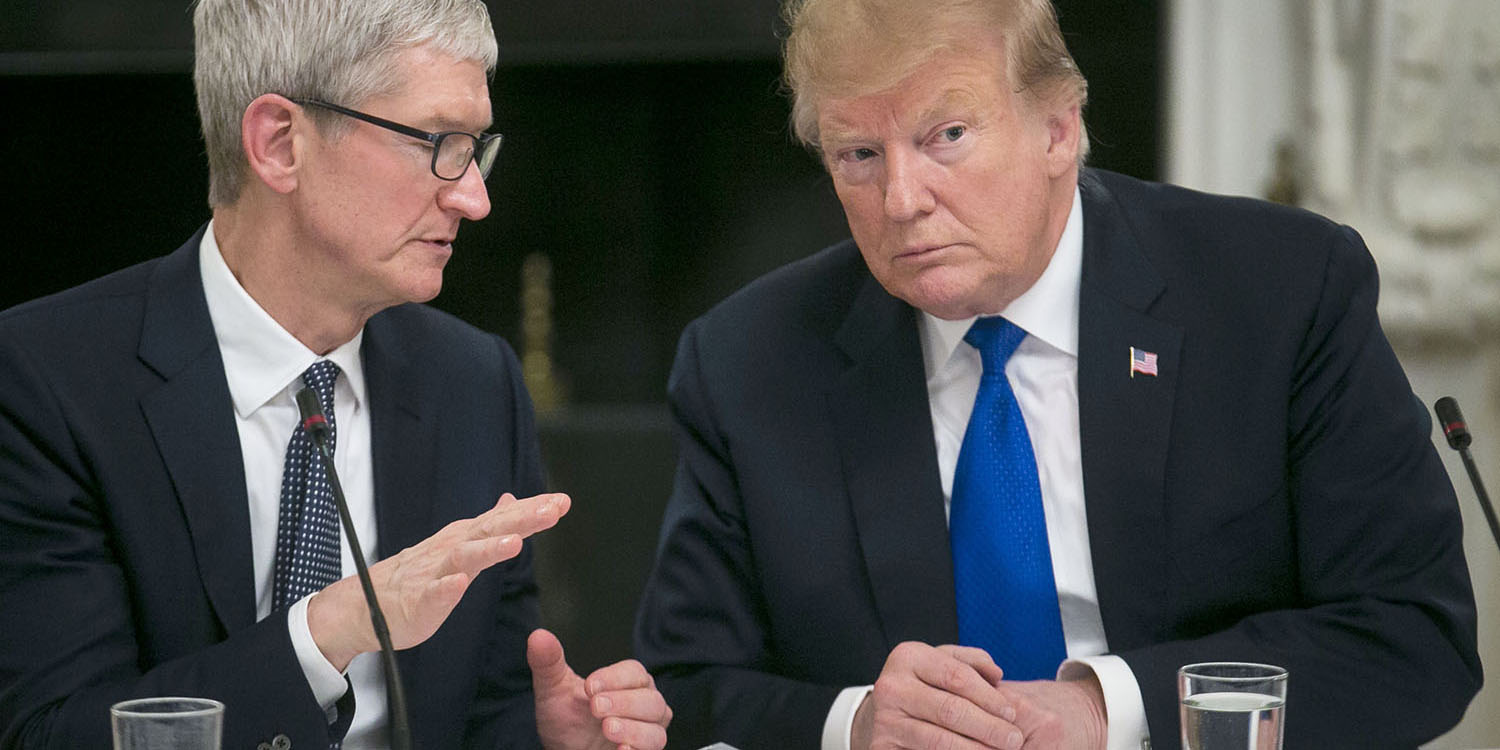In recent developments, the Trump administration’s proposed reciprocal tariffs on Chinese imports have raised significant concerns about potential price increases for Apple products. While recent reports indicate that tech imports such as smartphones and laptops may be excluded from the 125% tariff, the initial 20% tariff related to the fentanyl crisis remains in effect. This situation underscores the potential financial impact on both Apple and its consumers.
Understanding the Tariff Structure
Tariffs are taxes imposed on imported goods, calculated based on the declared value at the time of importation. For companies like Apple, this means that tariffs can significantly affect profit margins. While minor tariffs might be absorbed without altering retail prices, substantial tariffs could necessitate price adjustments to maintain profitability.
Case Study: iPhone 16 Pro 256GB
Consider the iPhone 16 Pro with 256GB storage, which currently retails at $1,099. The production cost, including parts, assembly, and testing, is approximately $580. Applying the initial 20% tariff increases the production cost to $696. Although this reduces Apple’s profit margin, the company might choose to maintain the existing retail price.
However, under a 125% tariff scenario, the production cost would escalate to $1,305. In such a case, Apple would likely need to raise the retail price to preserve its profit margins, potentially leading to a significant price hike for consumers.
Broader Implications for Apple Products
Apple’s product lineup, including AirPods and Apple Watch, has seen diversification in manufacturing locations, with significant production in Vietnam. This strategic move could mitigate some tariff impacts, especially if favorable trade agreements are established. Nonetheless, Apple’s substantial reliance on Chinese manufacturing means that many products remain vulnerable to tariffs.
MacBook Air Example
The M2 MacBook Air, with a bill of materials estimated at $506, serves as another illustrative example. Under a 125% tariff, the production cost would rise to approximately $1,138.50. To maintain profitability, Apple might need to adjust the retail price accordingly, potentially affecting consumer demand.
Strategic Considerations for Apple
In response to these tariff challenges, Apple has announced plans to invest over $500 billion in U.S. manufacturing over the next four years. This investment includes building a server manufacturing facility in Houston, producing silicon chips in Arizona, and creating 20,000 new jobs. These initiatives aim to reduce reliance on foreign manufacturing and mitigate the impact of tariffs.
Consumer Impact and Market Dynamics
For consumers, the potential price increases due to tariffs could influence purchasing decisions, especially for premium products like the iPhone and MacBook. Apple’s brand loyalty and product ecosystem may help retain customers, but significant price hikes could still affect demand.
Conclusion
While the exclusion of tech imports from the 125% tariff provides temporary relief, the existing 20% tariff and potential future trade policies continue to pose challenges for Apple. The company’s strategic investments in U.S. manufacturing and supply chain diversification are critical steps toward mitigating these impacts. However, the evolving trade landscape necessitates ongoing vigilance and adaptability from both Apple and its consumers.



